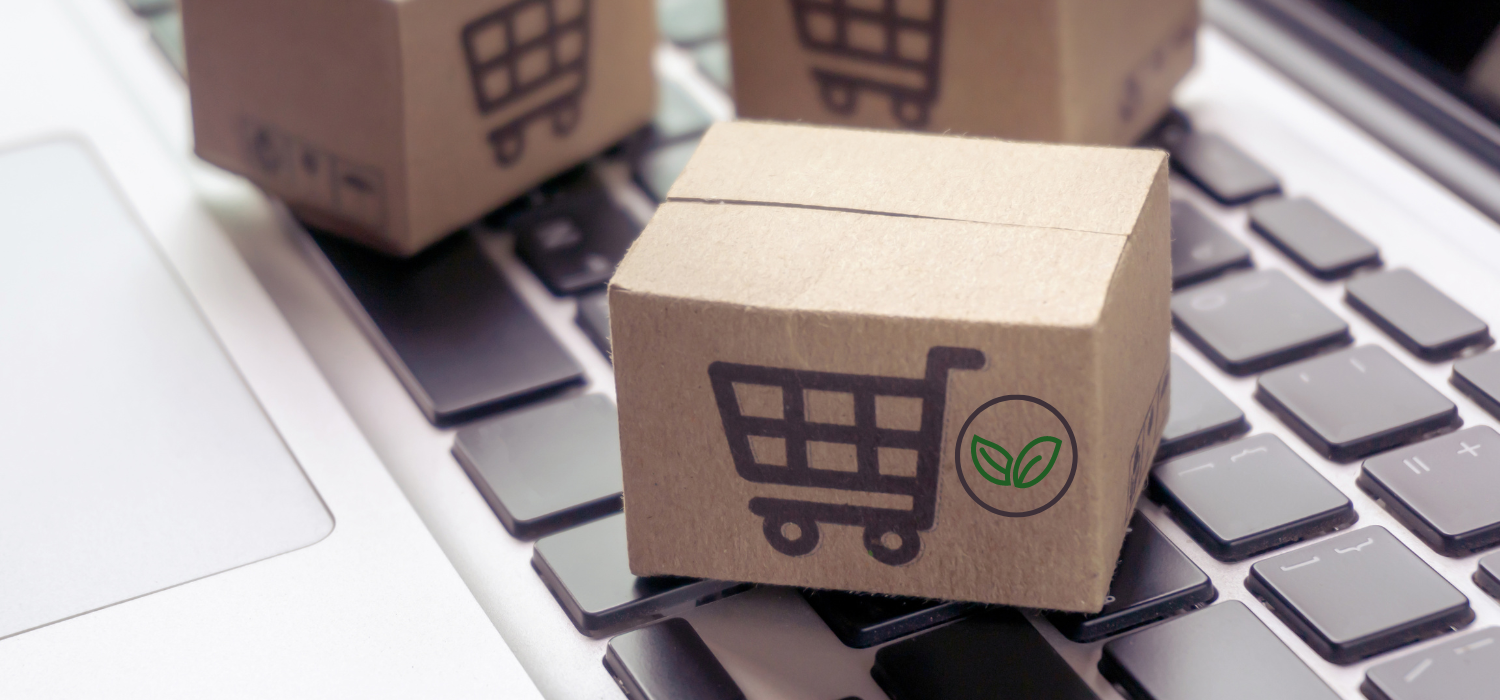In 2020, more than 480 million people in Europe shopped online and sales through digital channels reached €376 billion (€67 billion more than in 2019). A rise that shows no signs of slowing down since, according to eMarketer estimates, worldwide eCommerce sales will reach €4,891 billion in 2021 with a growth rate of 14.3 percent.
Therefore, having an online presence is no longer a choice but a necessity. In 2020, 68% of companies reported an increase in revenue due in part to sales on their eCommerce channel while 12% managed to keep it stable despite closures and restrictions due to the pandemic.
Being online with one’s own eCommerce channel, however, is not enough. Knowing how to monitor one’s presence, evaluate one’s results and, if necessary, know how to recalibrate based on the data obtained is also essential for a successful outcome.
But let’s start with the first point: monitoring results. So what data is important to analyze to measure the results of an eCommerce channel?
Key Performance Indicators
When talking about monitoring, one cannot help but talk about KPIs or Key Performance Indicators, performance indicators that allow one to identify the progress of the digital store and guide (or recalibrate) the company’s next steps and its goals.
KPIs are mainly divided into four categories:
1.General indicators that measure the volume of the process in relation to the work
2.Quality indicators that assess precisely the quality of the process output
3.Cost indicators
4.Service or time indicators that measure response time from process initiation to completion
KPIs for eCommerce
If we want to measure the results of an eCommerce sales channel, the KPIs to watch out for are six:
1. KPIs for sales: they allow us to assess the conversions and revenue of an eCommerce by giving us specific information on total sales over specific time periods, average order size, revenue, average profit margin, average order per user, number of transitions, sales and visit conversion rate, cart abandonment rate and new customers acquired, number of returns, price analysis, and customer lifetime value (how much each individual user is worth to the company).
2. Marketing KPIs: they allow us to evaluate the marketing strategy put in place by providing insights into website traffic, number of new and returning visitors, time spent on the site, geographic origin of visitors, number of followers on social media, number of newsletter subscribers, and finally, traffic, engagement, and clicks generated as a result of marketing strategies.
3. Customer service KPIs: provide us with useful data on the number of calls and chats received by customer care, average time to problem resolution, and feedback rate.
4. KPIs by project: give us information on total hours worked, a project’s budget, return on investment, and cost variance.
5. KPIs for warehouse and inventory management: they help assess the efficiency of processes and departments by identifying strengths and weaknesses.
6. KPIs for shipping.
KPIs for monitoring shipping and logistics
Shipping, i.e., the last stage of the sales process, plays a key role in an eCommerce’s reputation and thus, consequently, in the performance of the entire sales channel. Time and shipping costs are two values that greatly affect an end user’s evaluation of an eCommerce: for 86% of Italian e-Shoppers, delivery speed influences the choice of one sales channel over another, a percentage that rises to 93% in relation to delivery costs (source SendCloud).The main KPIs to monitor then to assess the efficiency of one’s logistics are:
1. Average time taken by buyers to receive a purchase.
2. Delivery on time, i.e., a company’s ability to fulfill a shipping order within the period specified for delivery.
2. Delivery reliability, i.e., the carrier’s ability to deliver shipments to the correct address.
Timeliness of goods pickup
Perfect Order Rate, i.e., how many orders meet requirements such as right delivery location, right product, right quantity, and correct documentation.
GEL Proximity manages the relationships between the shopping cart and thousands of proximity logistics solutions for package pickup and returns while also improving the final consumer experience. If you have a sales channel, contact us.








